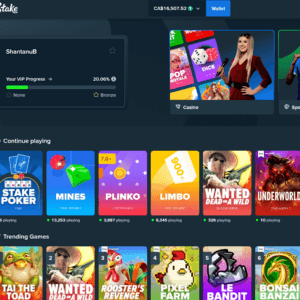Aubrey Hansen is an active crypto enthusiast and fan of blockchain technology. She writes about innovations in the fintech space and tries to deliver exciting news to her audiences regularly.
With utility tokens, there’s very rarely any middle ground.
Investors and industry commentators either love them, believing them to be the future, or hate them, believing them to be unviable long-term.
Investor and entrepreneur John Pfeffer, perhaps most notorious for claiming that Bitcoin would hit $700,000, is a classic example of the ever-changing views on utility tokens.
At the end of December 2017, he announced his belief that utility crypto assets would one day be worth hundreds of billions of dollars, only to change his mind four short months later, claiming that he now believed that very few, if any, crypto assets will be viable long term at all.
He could be correct, On both counts.
The truth is, a whole lot of the tokens we see issued are practically worthless.
It’s not so much the tokens themselves that are to blame, as it is the projects. Bloated, complicated on-boarding procedures and ridiculous go to market approaches are the order of the day, meaning very few users, practically no earnings, and zero success.
In short, most of these token projects were built around an idea that has no chance of being realized. There’s no real use case.
The secret sauce – a real use case
One of the pillars blockchain technology is built on is the requirement of a real use case. There are other factors involved in the success or failure of a project, but a real use case is among the most critical.
Before a project comes close to its release stage, the tangible advantages of its very existence should be crystal clear. Does the use of a utility token model add value to the product or service?
The answer here has to be yes. There’s no room for doubt.
Your token must have a coherent, feasible, and real use case.
Utility tokens 2.0
When Pfeffer made both of his claims in 2017 and 2018, he may be correct. Utility crypto assets could one day be worth hundreds of billions of dollars, but he could also be correct in saying that few assets will hold long-term viability.
Isn’t this true of most industries though? For every Uber, Google, and Amazon, there’s a host of similar companies who have tried and failed for various reasons. The failure of those companies doesn’t mean that the particular business model or idea is doomed to fail; it means that the projects and their owners were flawed. They couldn’t get the job done.
Part of the real use case requirement includes giving your users a reason to want to buy in. There have to be benefits pegged to the token that makes the consumer want to become involved.
As is often the case within the crypto and blockchain industry, project owners become too wrapped up in how their project will appeal to their industry friends and peers.
That demographic isn’t your target audience.
If you’re serious about gearing your project up for mass adoption, you have to appeal to the masses, and that just isn’t going to happen unless your token offers real-world value that appeals to those outside the industry.









